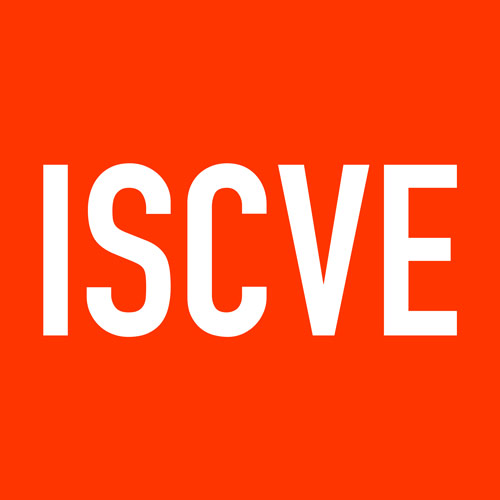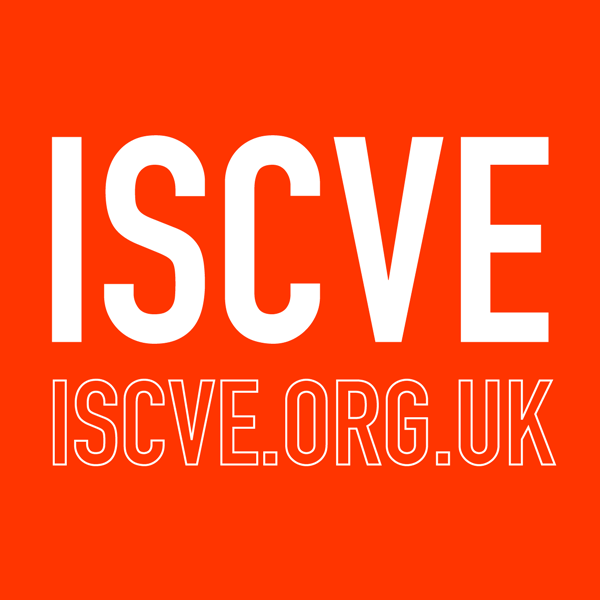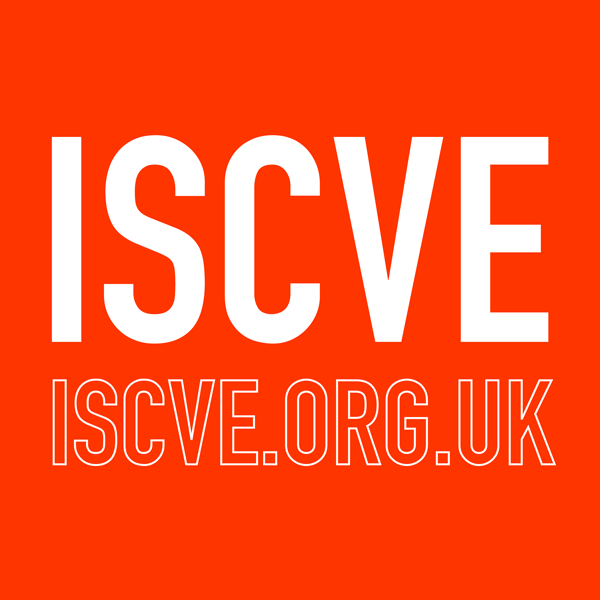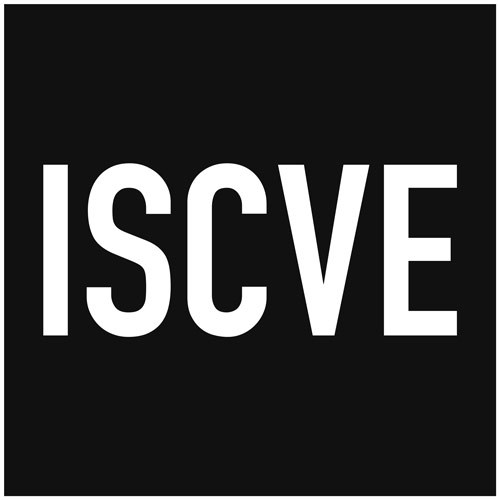CPD Record Submissions
Procedure and Guidance for Members
Introduction
The Institute’s Code of Conduct states that “a member shall broaden, improve and maintain their skills, knowledge and personal qualities. Keep up-to-date with developments in sound, communications and visual engineering by engaging in Continuing Professional Development (CPD) and other relevant training activities. If requested to do so, members must submit their CPD for examination by the Institute. Failure to supply evidence of CPD without good reason may result in disciplinary action, the ultimate sanction for which is removal from membership”
A structured approach to Professional Development
Professional Development may be defined as the systematic maintenance, improvement and broadening of knowledge and skills and the development of personal qualities necessary for the execution of professional duties throughout the working life.
Although this process can be a natural one, it can benefit from being formalised to the extent that you are encouraged to consider this development and to make it into a focused activity rather than a random set of events. Using a structured plan for your career will help you to achieve your aims, and make your work more enjoyable.
Professional development will help develop your career, keep you up to date in all aspects of your work and give you more prospects of promotion. Your career plan will be individual, and may include both technical and non-technical aspects. If you can develop this plan along with your employer, it will make an even bigger difference to your career. The process is continuous and should be flexible.
Documenting the process
The suggested process is set out below:
- Review the current situation.
- Identify your goals.
- Identify the skills and competencies you need.
- Plan how to achieve your goals.
- Record what you learn.
- Reflect what you have learned, and see if you have achieved or have made progress towards achieving your goals.
- Go back to No 1 and repeat the process.
These topics are discussed below:
1. Review current situation
Before goals can be set, the current situation should be examined. Look at the following
- your last appraisal, job description, CV
- your qualifications, courses, experiences, technical skills
- current requirements of your job
- future requirements of your job
- future requirements of your career
Then do a SWOT analysis on yourself (strengths, weaknesses, opportunities, threats).
2. Identify goals
Set specific targets – look at long term and short term goals.
Short term should be more specific – look at goals for 1 year ahead in you current job. Long term should include aspirations for future career, say 3 – 5 years ahead.
Look at immediate job requirements and personal targets. Predict how the job is likely to change. Include family and personal considerations. Set specific, achievable goals for the short term and consider goals for the stages to achieve more long-term development.
3. Skills and Competencies
Consider what skills and competencies you need to fulfil your goals. Competencies are ‘the ability to perform activities to the standards required in employment, using the appropriate mix of knowledge, skill and attitude’. To improve competence you need to increase knowledge and also application of that knowledge. If you want a new job, you must define the competencies necessary. These skills and competencies may be technical, but will probably include some that are non-technical.
4. Planning to achieve
After identifying specific goals and the skills needed, then a plan must be drawn up to help achieve them. Prioritise the goals. The plan will probably change as you go on, but this is not a problem, the framework will help make the most of your opportunities.
Consider how you learn best, and plan those activities that are best for you. Think about how you will record your learning. Think about who can help you. Discuss your plans where possible, especially with your employer.
In addition to your goals, your plan will need to set out
- your objectives
- activities to achieve your objectives
- resources (financial and time) you need
- limitations
Review your plan regularly, or at least once a year, and make changes where necessary.
5. Record your learning
Devise a system that works for you. The ISCVE will provide you with formats, which may be helpful to you (see below), but any system is satisfactory, provided it can be understood by a third party. Supplement formal records with notes of what you have learned, especially if you learned them through private study, and note how you will be able to apply your new knowledge. It may also be interesting to note whether a particular type of training or development activity was useful to you. You will probably find that some activities do not add anything to your professional capabilities.
6. Review progress
Reflect on your progress regularly and evaluate what you have learned and how you can use it. Ask yourself whether you have achieved your aims, what improvement is evident, how will you use your new knowledge or skills, and whether the goals or plans now need to be changed. Then go back to the initial assessment and make sure that you have your plan in place for the next period of time.
ISCVE Professional Development Record Sheets
The Institute has prepared a document for you to use if you wish, to plan and record your CPD. If you are asked to have your plans and records of achievement reviewed by the Institute, you may submit completed documents either in printed or electronic formats. However, you are encouraged to upload your records directly to your personal profile (myiscve.org.uk) and email a copy to the office cpd@iscve.org.uk where your CPD record will be held on file.
You are permitted to use and upload an alternative CPD record form issued by any other professional body that you are a member of.
The forms are available below.
[Comments from members on the format and usefulness of the spreadsheet will be welcomed].
Some suggestions on using the record sheets are given below.
ISCVE Sheet 1 – Profile of Competence and Needs
This sheet is intended to be the baseline reference list for your mid-term development goals, based on the new skills you believe you will need in the future. It might be helpful to analyse your current skills and competencies and your future needs in subject groups, using the Engineering Council UK SPEC structure of:
a) knowledge and understanding,
b) design and development of processes, systems, services and products,
c) responsibility, management or leadership,
d) communication and inter-personal skills
e) professional commitment.
ISCVE Sheet 2 – Annual Professional Development Plan
Having identified your goals and ordered your priorities, Sheet 2 may be used to set down your annual plan. The last two rows are intended for retrospective completion towards the end of the yearly cycle.
ISCVE Sheet 3 – Three Year Development Plan
It seems sensible to draw up Sheet 3, addressing longer-term goals, in conjunction with your annual plan. Sheet 3 also provides for a review at the end of the first year.
ISCVE Sheet 4 – Professional Development Record
Although this CPD system is based upon development outputs rather than activity inputs, many members may wish to keep a record of their formal and informal activities, which have contributed to their professional development. Sheet 4 provides a standard format for doing this. It may be submitted, if a member so wishes, and placed on their personal membership file in the Institute’s office. Should any survey of members’ CPD activity be implemented in the future, this sheet may be used as a simple reference.
For further guidance about the CPD scheme, please contact the ISCVE.



